A Step Back In Time – Playing The Old Course In Reverse
Fergus Bisset had a rare opportunity to play St Andrews' Old Course in reverse
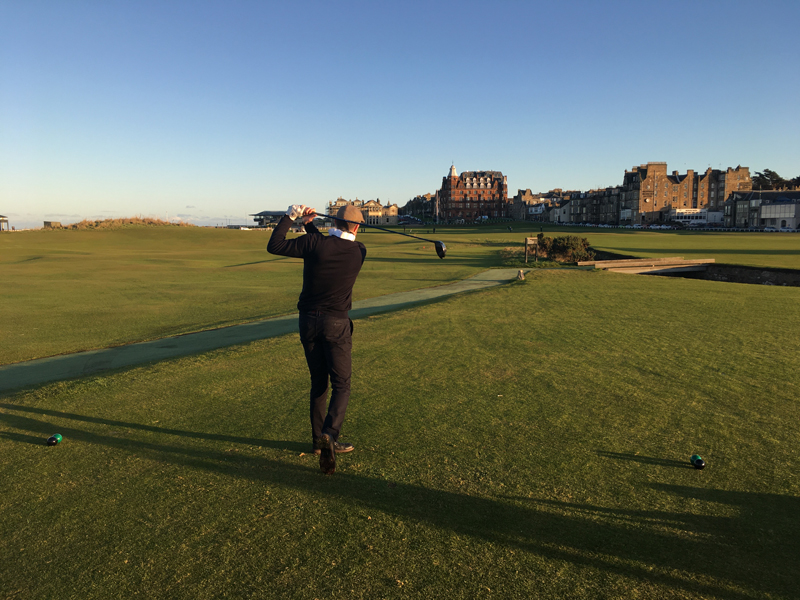

Fergus Bisset travelled to St Andrews to play The Old Course in reverse, the way it was regularly set up in the 19th century.
A Step Back In Time – Playing The Old Course In Reverse
Until the late 1800s The Old Course in St Andrews was played in a clockwise direction.
It wasn’t until Old Tom Morris separated the 1st and 17th greens in around 1870 that it begun to be played in an anti-clockwise direction on alternate weeks.
Steadily, the anti-clockwise routing became the preferred one but, as recently as the 1970s, The Old was played in a clockwise direction for a month during the winter.
The practice fizzled out though and few people now have had the chance to play The Old “backwards.”
I was, therefore, extremely lucky to have the opportunity to do so when The Links Trust set up The Old Course in reverse for two days of play.
Get the Golf Monthly Newsletter
Subscribe to the Golf Monthly newsletter to stay up to date with all the latest tour news, equipment news, reviews, head-to-heads and buyer’s guides from our team of experienced experts.
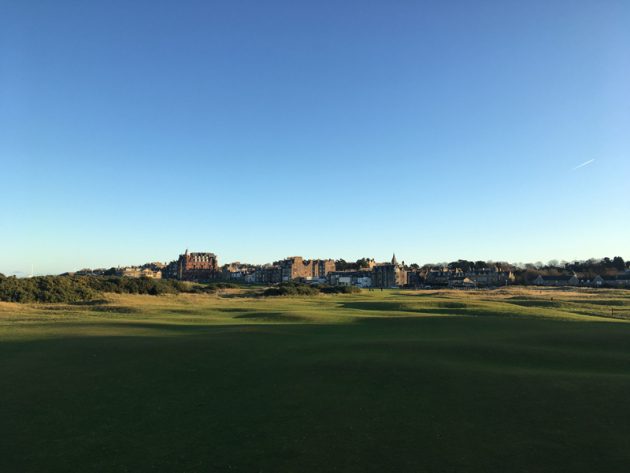
I’ve been fortunate to play St Andrews’ iconic Old Course quite a number of times, both as a student in the town and as a golf journalist.
I’ve always ranked it above all other courses in terms of the golfing experience it delivers.
I wondered if playing the course in the opposite direction would give me the combined sense of excitement and reverence I always feel when teeing up at the Home of Golf. I wasn’t to be disappointed.
As you would expect from St Andrews, the Old Course in reverse weekend was done properly – no temporary tees or photocopied scorecards.
The tee boxes had new facings attached to give correct yardages and a proper scorecard was produced with SSS and Slope ratings.
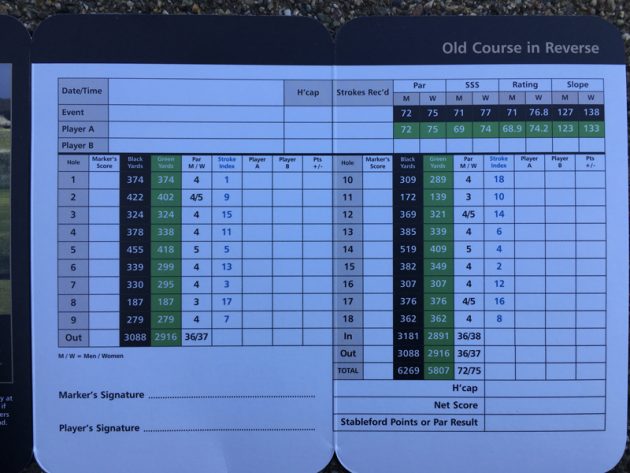
Players were even issued with a printed course guide with a brief history plus hole descriptions and yardages.
From the outset the layout in the opposite direction makes sense.
From the 1st tee you make for the famous Road Hole green and the approach is a natural one. The front of the green coming in from the 1st/18th fairway over the Swilken Burn is open and allows for a shot to be run in.
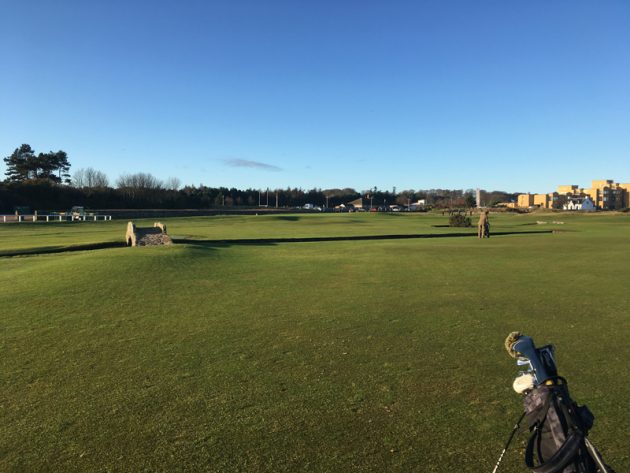
With the bunker to the right and the road to the left, it must be an accurate one.
Playing The Old in the regular direction, a key tactic is to “stay left” – the vast majority of the most penalising trouble is on the right side.
Unsurprisingly, when playing the course in the opposite direction, the opposite is the case – staying right will generally mean you can continue with the same ball. I proved this convincingly on the 2nd hole.
Teeing up on the normal 17th fairway, just in front of the Road Hole green, the tee shot should be directed straight down towards Cheape’s bunker.
I hit an enormous block slice that deserved to be lost without trace but ended up in quite a good position on the right of the normal 2nd hole.
Generally speaking, for the rest of the round on the reverse course, right is fine – that suits the majority of amateur golfers who tend to hit the ball in that direction more often than not. I certainly “got away with it” a few times!
Although the course hasn’t been played regularly in reverse for over 100 years, many features remain that are clearly in place with the alternative routing in mind.
Bunkers that really aren’t normally in play suddenly become a factor, certain swales and slopes make more sense.
As an example, the approach to the 14th green from the 15th fairway – you are firing into a green that looks ready to receive a well-struck shot and you must carry a pot bunker that normally seems a touch obsolete.
I actually felt a number of holes were improved by playing the reverse layout and, for me, the run from the 7th to 9th provides a good example.
On the 7th, played to the normal 11th green, it’s clearer what the tee shot expects of you and the approach, over Strath bunker is a very tricky one.
The par-3 8th is a belter, played from the normal 12th tee over the 11th green to the normal 10th – Again, you can see all in front of you and the view beyond the green back towards St Andrews is incredible.
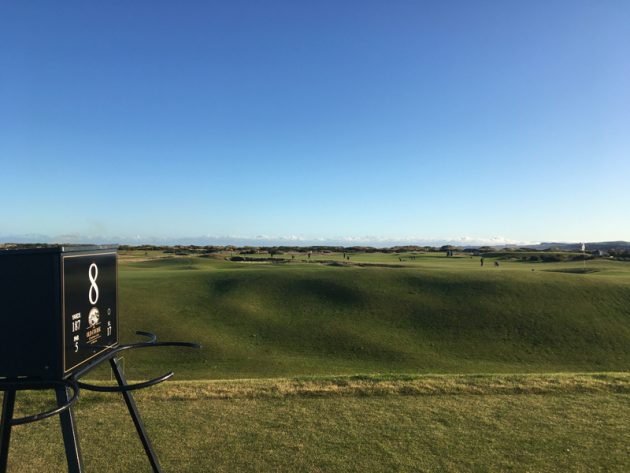
The 9th – played to the normal 9th green from the normal 11th tee - is a better hole too in my opinion.
The angle is preferable and the bunkers in the fairway are a more obvious and attractive, if perturbing, prospect.
The Old in reverse was something of a revelation and from now, I’ll view some of the layout’s quirkier features with different eyes.
For example, the bunker that I almost always nearly fall in when walking off the 12th tee will no longer be simply a health and safety risk, rather a very well-placed hazard for the reverse 7th.
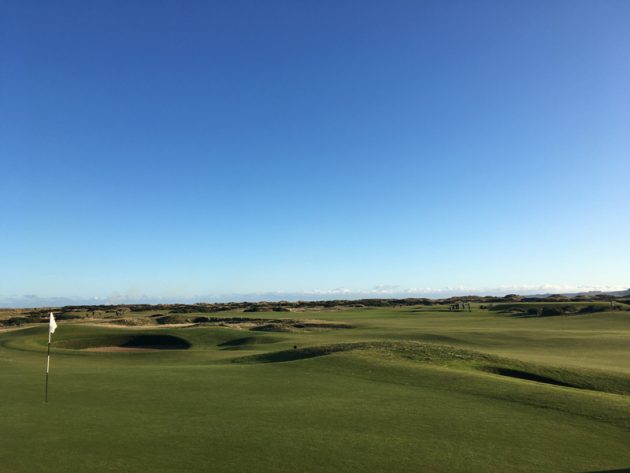
It’s testament to the incredible golfing terrain at St Andrews that, with relatively little effort, the course is so good played in the opposite direction.
Are there any other courses in this country where it could be done with such excellent effect? I don’t know that there are.
In fact, with very little alteration, some rough being turned to fairway in places, the Old Course in reverse could be just as fun and exciting to play as the way we all know it.
I would be in favour of the Links Trust looking towards The Old Course in reverse being used on a more regular basis, maybe even for a week or two each year.
Not only would it allow golfing enthusiasts to play the course as Old Tom would have done, but it would also be of benefit in terms of wear and tear, allowing landing areas to recover and taking the pressure off the highest traffic areas.
An occasional reverse of The Old could be the way forward…

Fergus is Golf Monthly's resident expert on the history of the game and has written extensively on that subject. He has also worked with Golf Monthly to produce a podcast series. Called 18 Majors: The Golf History Show it offers new and in-depth perspectives on some of the most important moments in golf's long history. You can find all the details about it here.
He is a golf obsessive and 1-handicapper. Growing up in the North East of Scotland, golf runs through his veins and his passion for the sport was bolstered during his time at St Andrews university studying history. He went on to earn a post graduate diploma from the London School of Journalism. Fergus has worked for Golf Monthly since 2004 and has written two books on the game; "Great Golf Debates" together with Jezz Ellwood of Golf Monthly and the history section of "The Ultimate Golf Book" together with Neil Tappin , also of Golf Monthly.
Fergus once shanked a ball from just over Granny Clark's Wynd on the 18th of the Old Course that struck the St Andrews Golf Club and rebounded into the Valley of Sin, from where he saved par. Who says there's no golfing god?
-
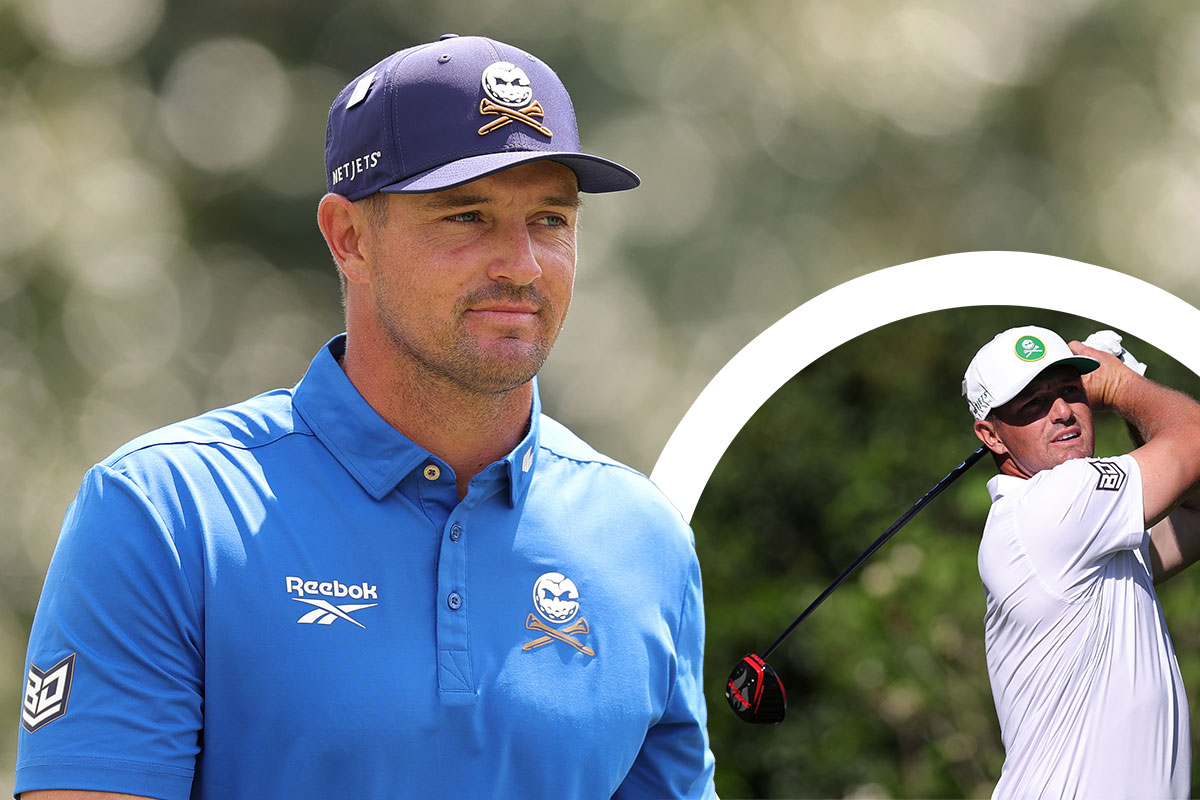 The 4 Players Hitting It Further Than Bryson DeChambeau At The 2025 Masters
The 4 Players Hitting It Further Than Bryson DeChambeau At The 2025 MastersBryson DeChambeau is renowned for his immense power and distance off the tee, so I was interested to learn these four players are outdriving him at The Masters
By Barry Plummer Published
-
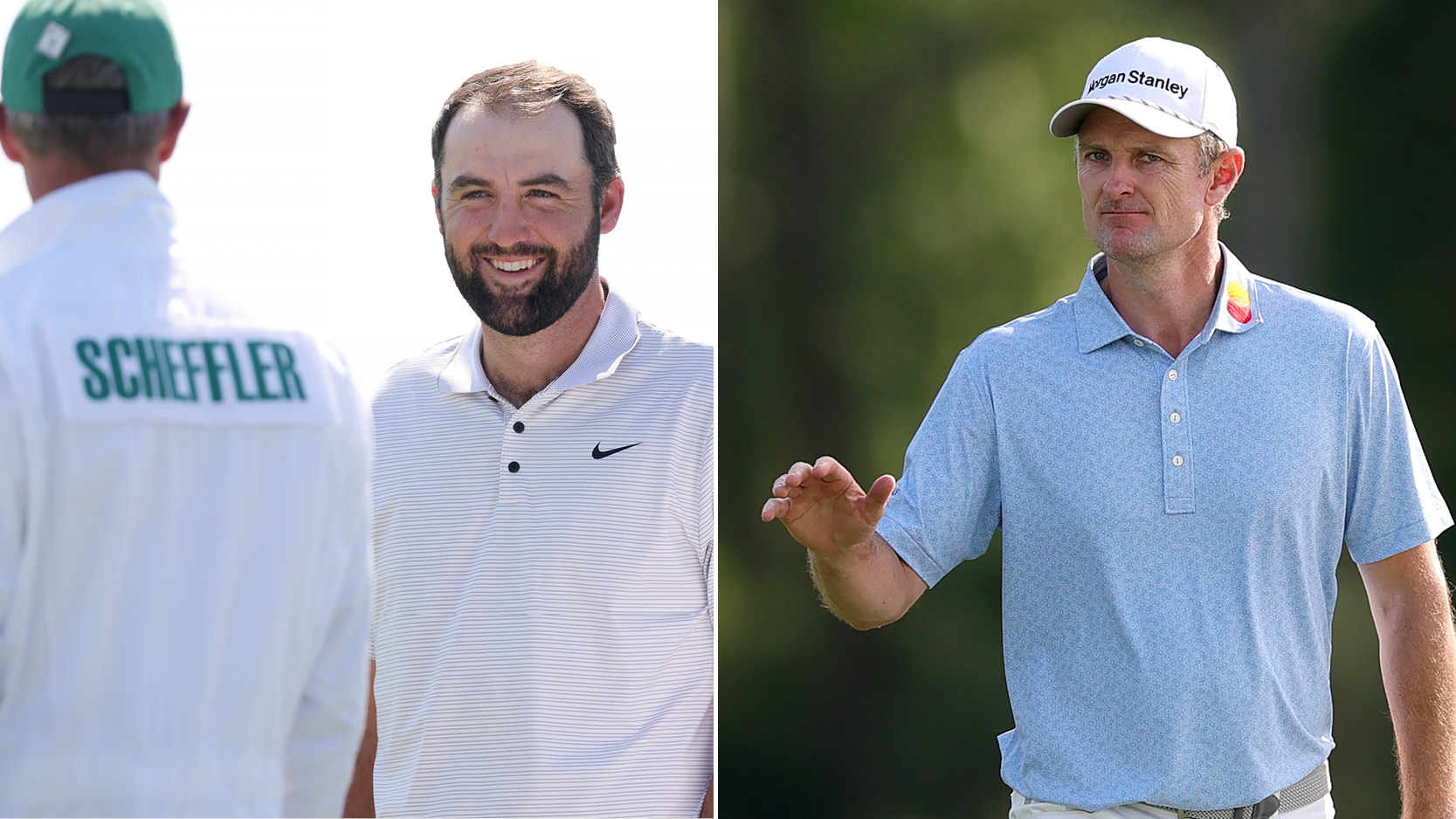 Top LIV Golfer? Top Lefty? Leading Amateur? 8 Alternative Masters Leaderboards After Day One At Augusta National
Top LIV Golfer? Top Lefty? Leading Amateur? 8 Alternative Masters Leaderboards After Day One At Augusta NationalJustin Rose leads after the first round of The Masters and, at the first Major of the year, plenty of players have already displayed strong showings at Augusta National
By Matt Cradock Published